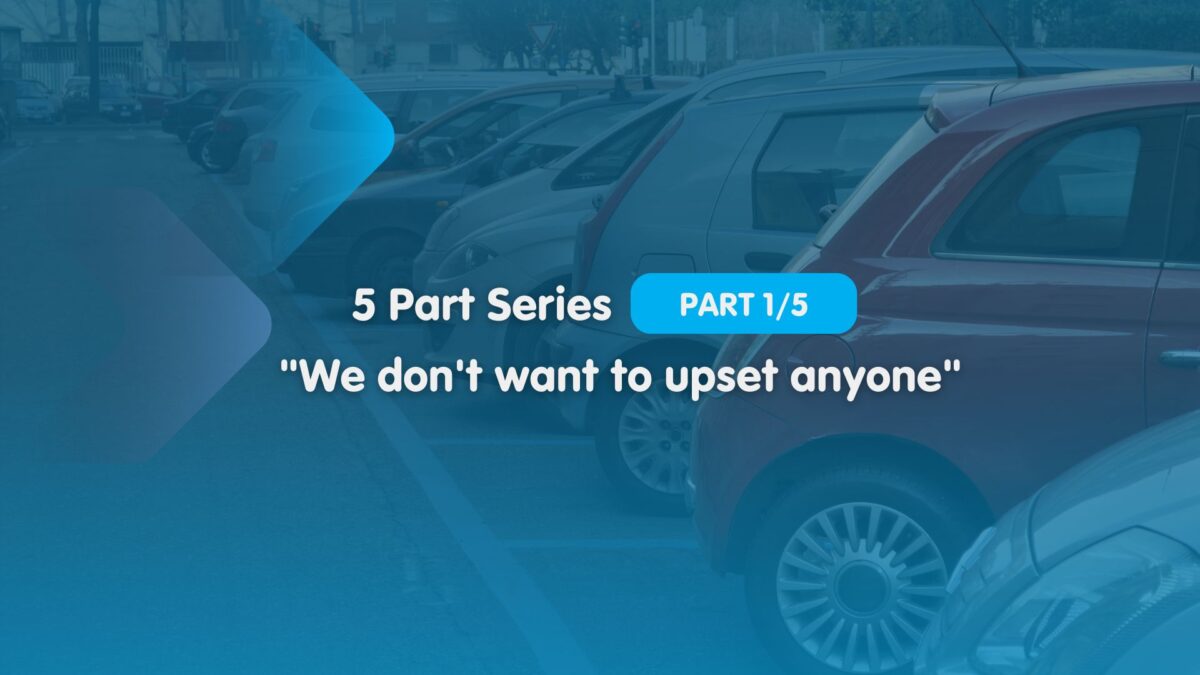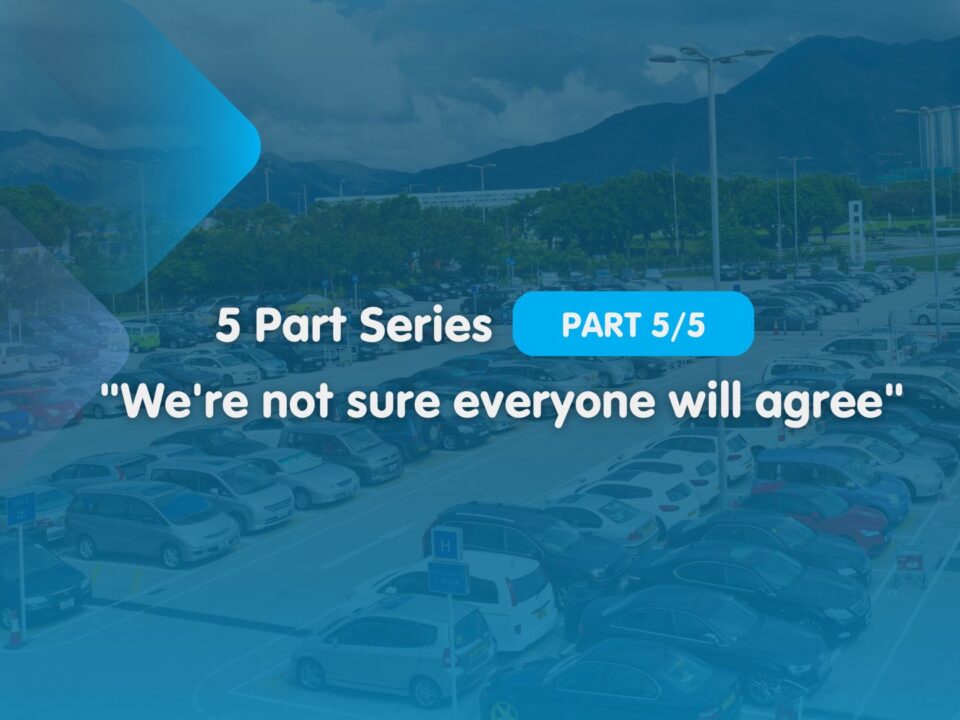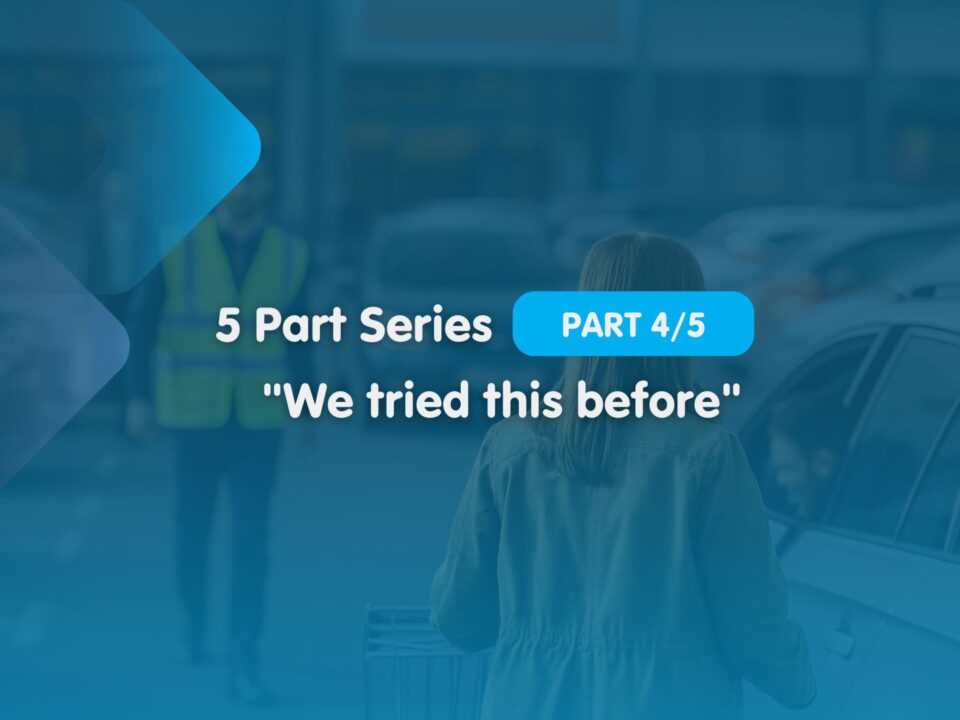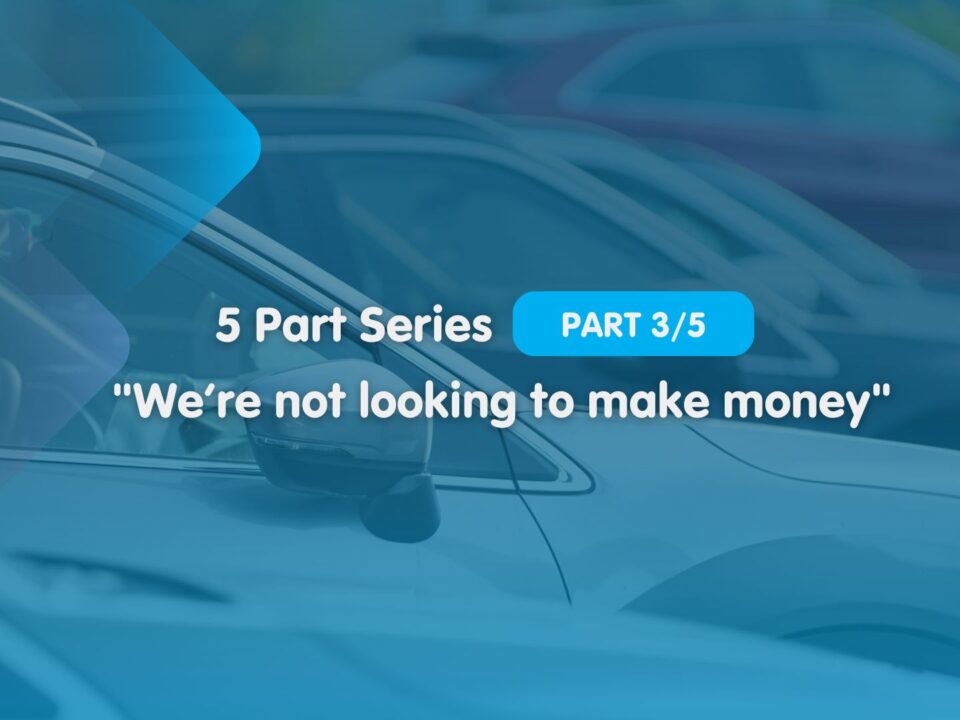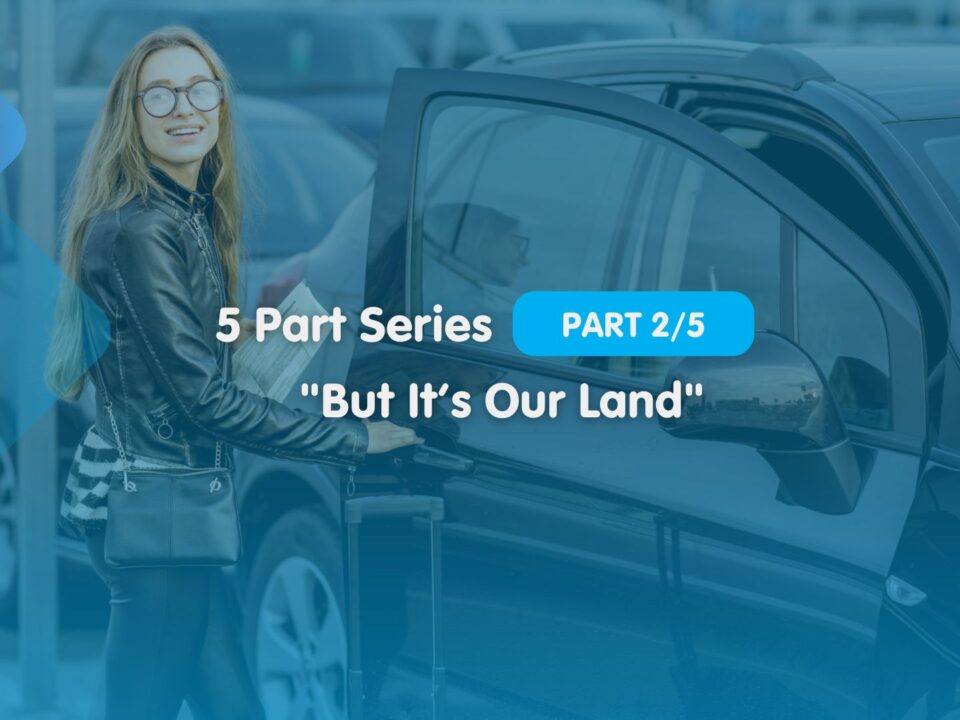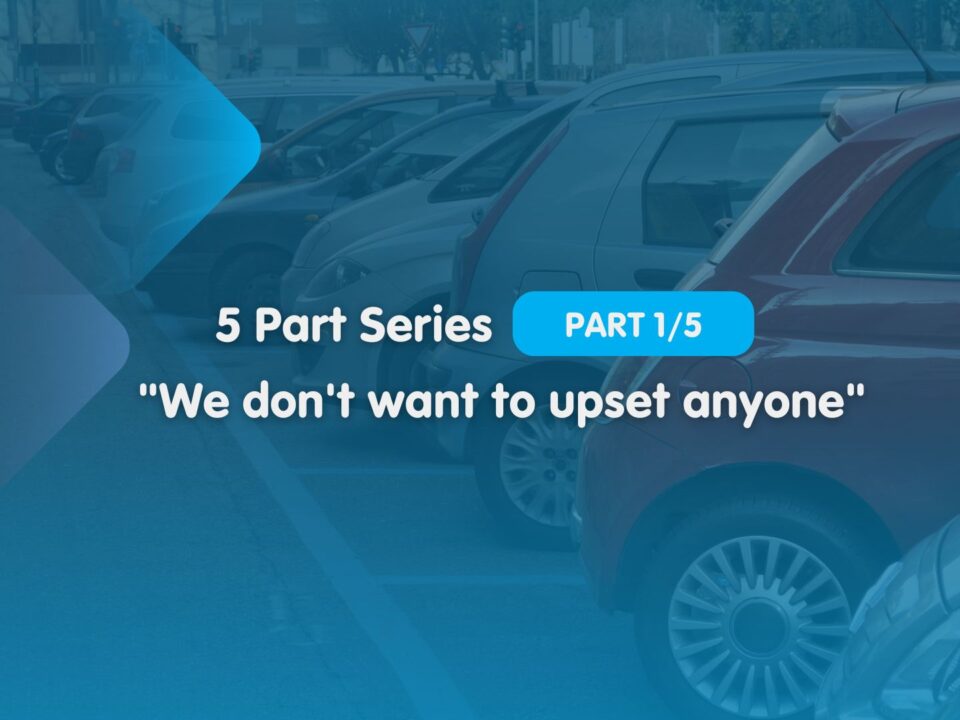Part 1. “We don’t want to upset anyone”

What Holds People Back from Car Park Management?
17/07/2025
Part 2. “But It’s Our Land”
17/07/2025"We don't want to upset anyone"
Why sensible car park management controls don’t have to feel harsh
Most people don’t rush into these conversations.
You don’t wake up hoping for a meeting about parking enforcement.
If anything, you put it off.
You sit with it, weighing things up, knowing the issue is there but hoping it’ll ease by itself.
Sometimes you say as much, out loud.
Sometimes it’s just in your tone.
A shift in the conversation, a hesitation before answering.
“I’m just worried it’ll upset people…”
Or maybe not even that clear.
Maybe it’s just a glance to a colleague, or a question about whether it has to be so… formal.
Or so final.
But the sense is there.
No one wants to be the one who brings in something heavy.
Not when you’ve worked to build trust —
with tenants, with staff, with customers, with residents.
You don’t want to undo all that, just because parking has become a pain.
But the complaints are starting to add up.
And you’ve noticed that the problem is not going away on its own.
If anything, it’s creeping closer to the surface —
more frustration, more inconvenience,
people grumbling at reception, a few sharp emails.
You can feel the pressure building.
Still, the worry lingers:
What if this creates more trouble than it solves?
What if someone gets caught out, and it snowballs?
What if it feels unfair; if someone posts about it online, or the mood turns?
And then, what if it lands on you?
Because you were the one who said yes.
It’s a fear that makes perfect sense.
It’s not easy, being the person who changes the rules, even for a good reason.

But, if we’re honest, the alternative isn’t much better.
Doing nothing brings its own kind of upset —
just quieter, more drawn out.
You start seeing the same faces, circling the car park again.
You hear about staff leaving a bit earlier, just to find a space.
You feel that edge when a visitor looks annoyed before you’ve even said hello.
And that’s the bind.
Do nothing, and the discomfort spreads in small, invisible ways.
Do something, and you risk making it louder, at least for a moment.
But maybe there’s another way.
Maybe the answer isn’t about being heavy-handed or passive,
but about finding a path that actually fits the place you’re in.
One that protects the car park,
without unsettling the people you care about.
It doesn’t have to be about catching people out.
It doesn’t have to be about making an example of someone.
It can be quiet.
It can be soft.
It can even be invisible, most days.
Let’s imagine the options.
For a GP surgery, for instance, there’s no need for drama.
A touchscreen sits at reception.
Visitors enter their number plate, they’re exempt for the day, and nothing more needs to be said.
The regulars, the vulnerable, the anxious—they’re protected.
No one is chased out of the car park for being a minute late.
The system simply helps ensure the people who need to be there, can be.
Or a small shop.
You put up a sign that actually helps.
Clear, measured, not threatening—just a reminder that this space is for customers,
with a bit of grace built in for real life.
Maybe someone stays ten minutes longer than planned—no one is rushing to punish them.
The message is clear:
If you’re here for the right reason, you’re safe.
Self-ticketing is another way.
No warden in a fluorescent vest.
No daily rounds.
Just an option, held in your pocket, for those times when something’s gone too far.
You have the app.
You decide when it’s time to step in.
You’re not forced into a corner, and you’re not starting a war.
You’re just drawing a line, kindly.
The whole point is to give you a sense of agency,
not to make you feel like you’ve handed everything over to some faceless enforcer.
A good system is a support, not a regime.
A tool that lets you keep things fair—nothing more, nothing less.
And if someone does get a Parking Charge Notice?
The process is clear.
There’s a way to appeal.
There’s someone at the other end of the phone or email—someone who listens.
Mistakes happen, and they’re handled.
There’s space for context, and most of the time, the solution is quiet, and reasonable, and forgotten as soon as it’s fixed.
Because the real heart of the matter isn’t about harshness.
It’s about restoring ease.
Download the Landowners' Guide to Profitable Parking
A well-managed car park doesn’t stand out.
People park, they leave, they come back again.
They don’t think about enforcement.
They don’t worry about running late by five minutes.
They don’t feel watched, or controlled, or threatened.
What they do feel is a kind of low-level relief.
That there’s space.
That the system works.
That someone’s looking out for order, without making it a spectacle.
Fairness is something you can sense.
When it’s working, it feels like the car park belongs to everyone who should be there.
It feels safe.
It feels clear.
There’s less friction, less hovering, fewer sharp words at the end of a long day.
And that, in the end, is what you want.
Not to upset anyone.
Not to crack down, or make headlines, or become the story.
Just to let people park, get on with what matters, and leave the space better than they found it.
It’s not about being soft, and it’s not about being strict.
It’s about reading the mood of your site, and finding the right balance—one that feels like it’s been thought through.
The right kind of parking control almost disappears.
It leaves you with fewer problems to solve,
and lets everyone else breathe a little easier.
You won’t always get thanks for it.
But you’ll notice, over time, that things just work.
People come and go.
You get fewer complaints, and the ones you do get are easier to sort out.
Most importantly, you’re not losing sleep over the system you put in place.
Because you know—
it’s fair, it’s calm, and it’s there for the right reasons.
That’s what sensible parking control feels like.
Not harsh.
Not dramatic.
Just…right.
Continue the Series
- 17/07/2025
Part 5. “We’re not sure everyone will agree”
What Holds People Back from Car Park Management? PT. 5/5: How to win over a committee for your car park.
Read more - 17/07/2025
Part 4. “We tried this before”
What Holds People Back from Car Park Management? PT. 4/5: Why your parking management went wrong: and what can be done differently .
Read more - 17/07/2025
Part 3. “We’re not looking to make money”
What Holds People Back from Car Park Management? PT. 3/5: What car park management controls look like when revenue isn’t the goal.
Read more - 17/07/2025
Part 2. “But It’s Our Land”
What Holds People Back from Car Park Management? PT. 2/5: Staying in control while getting the right kind of support.
Read more - 17/07/2025
Part 1. “We don’t want to upset anyone”
What Holds People Back from Car Park Management? PT. 1/5: Why sensible car park management controls don’t have to feel harsh.
Read more

